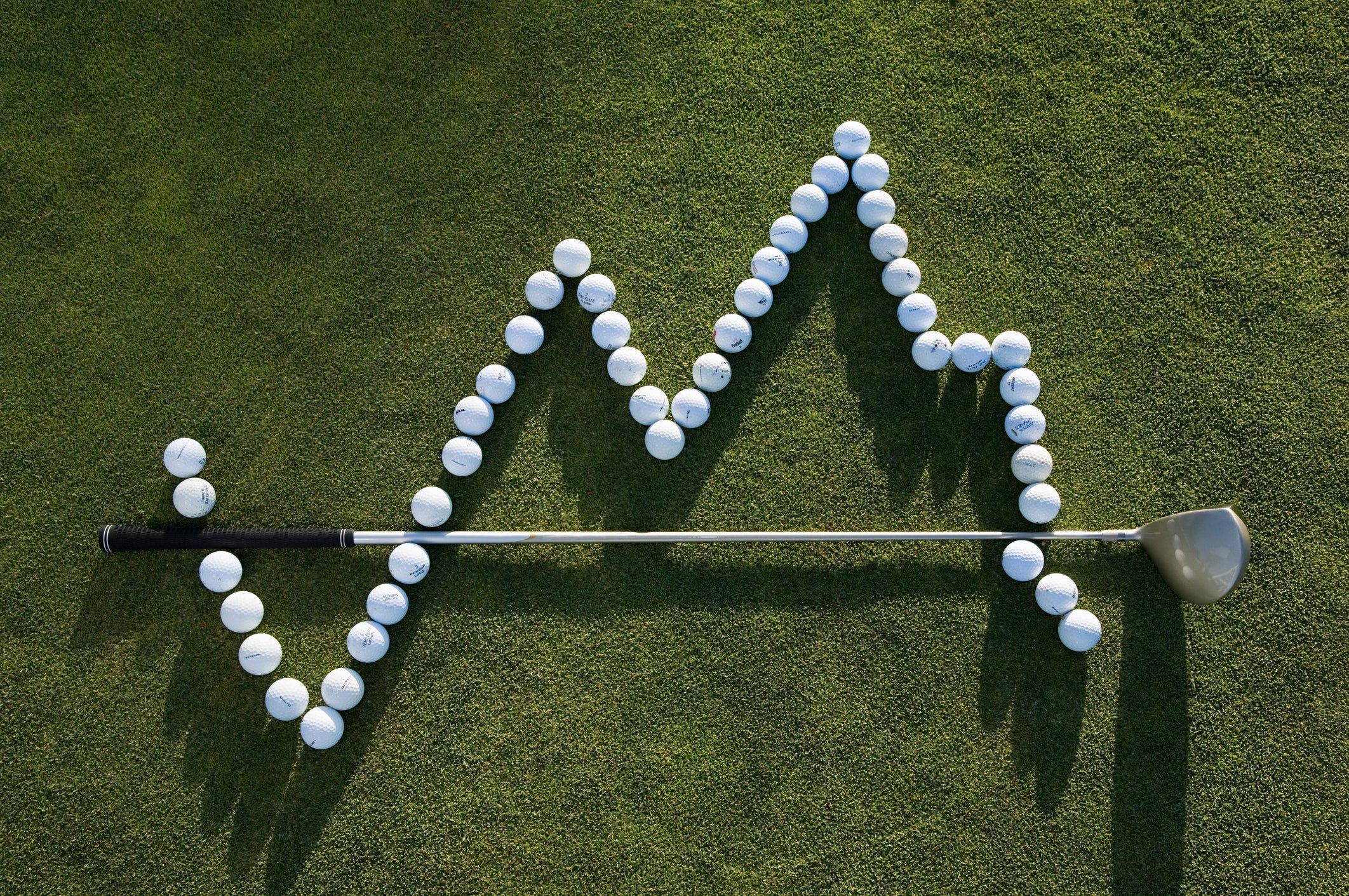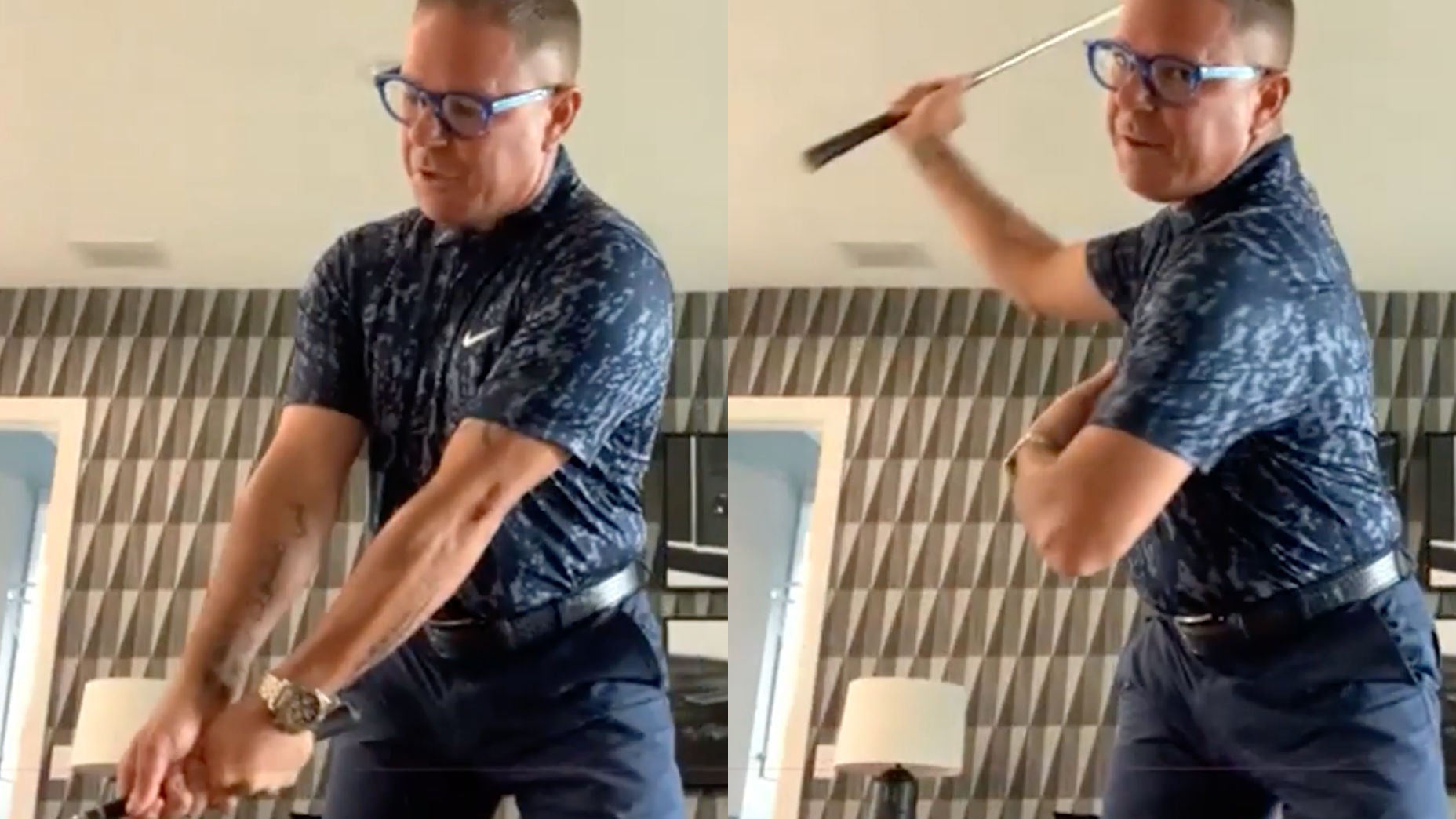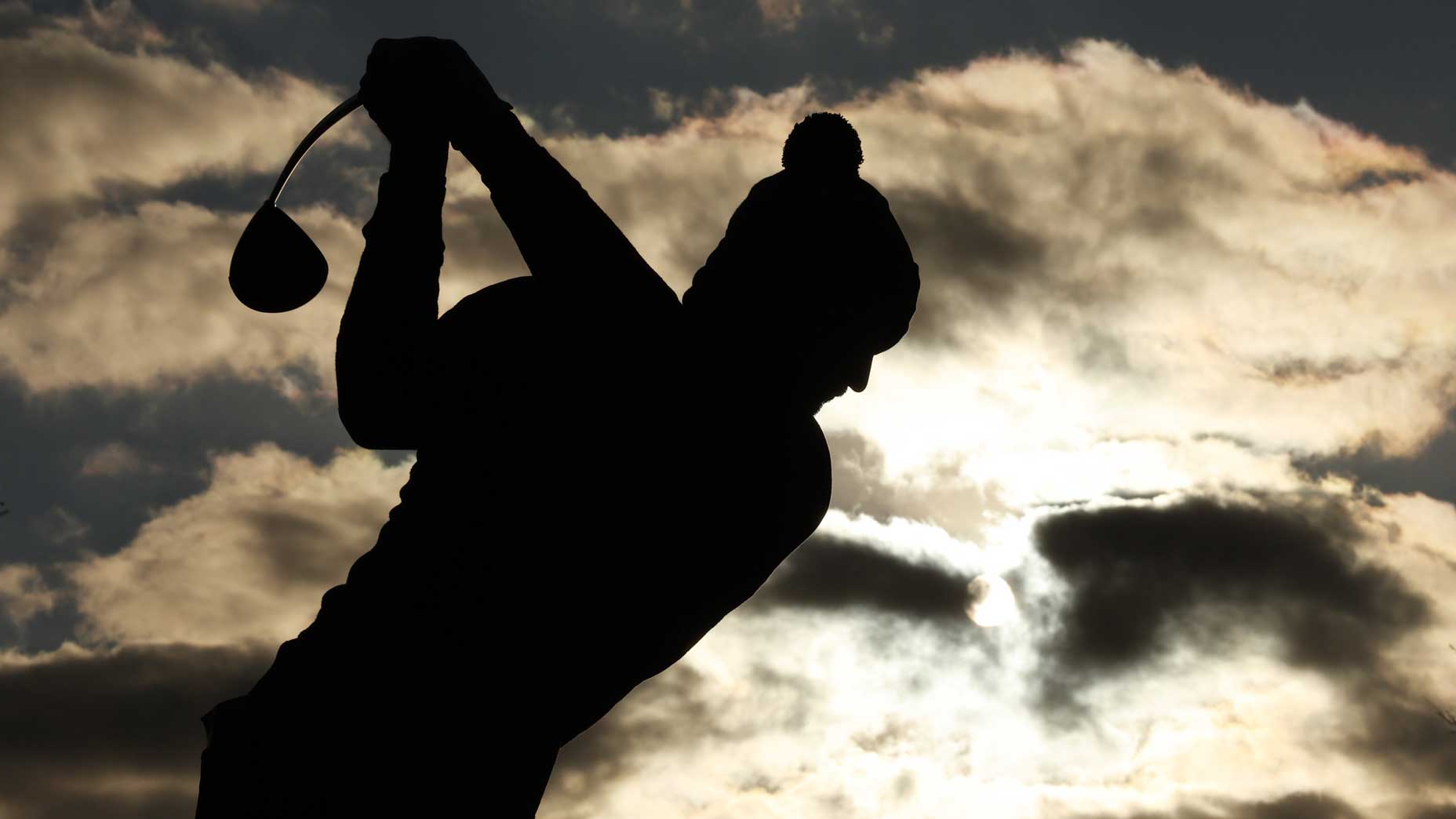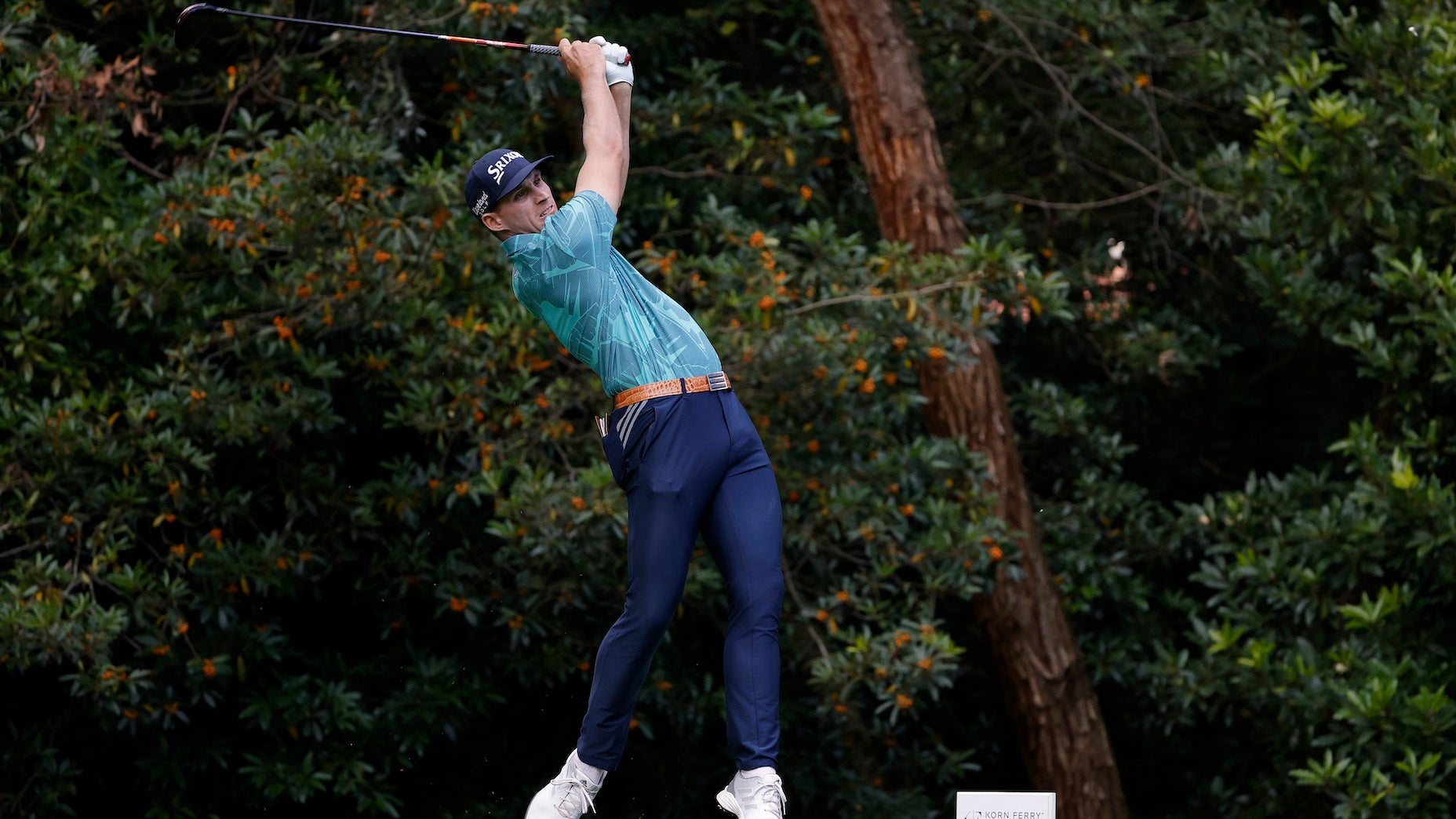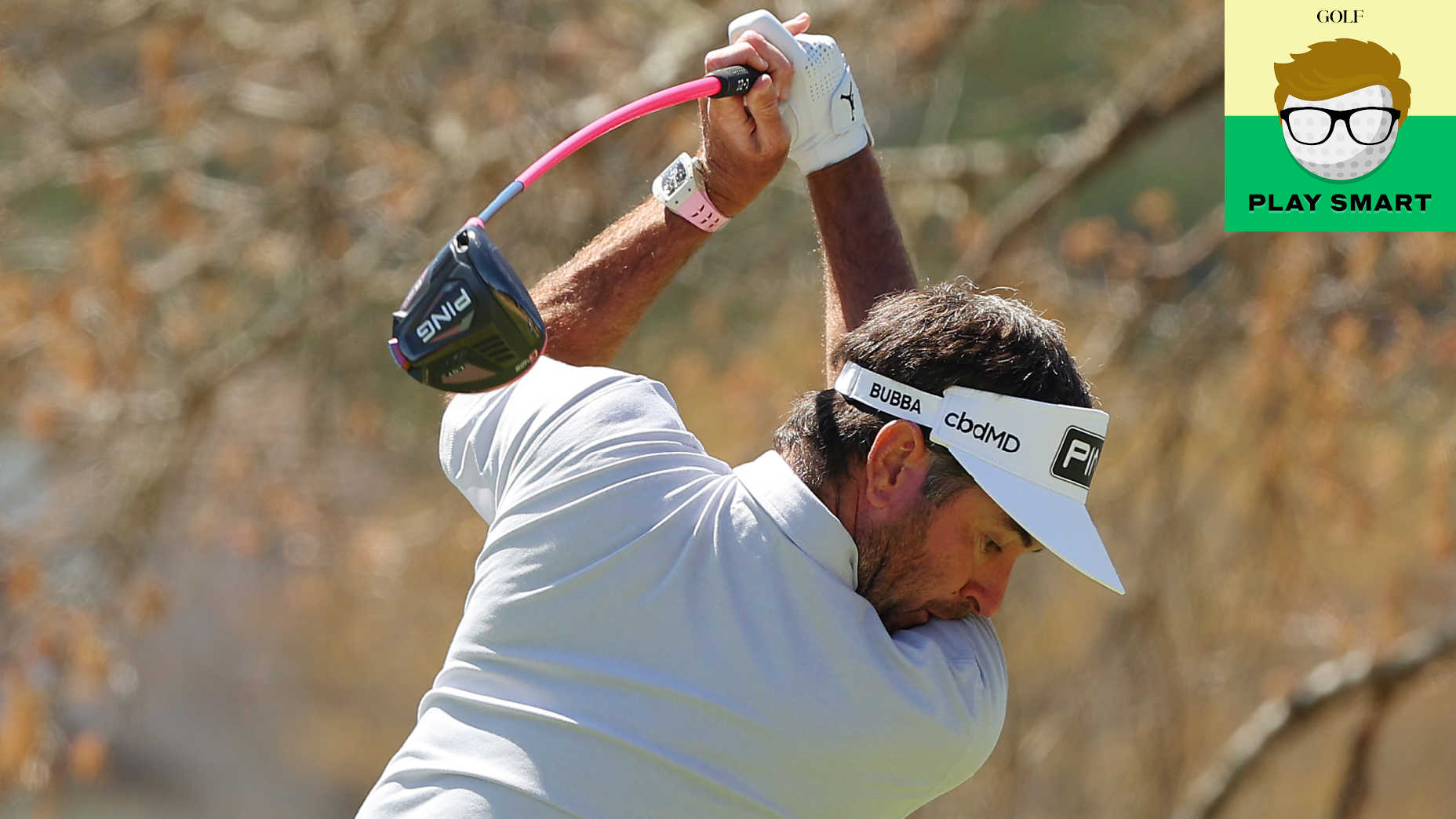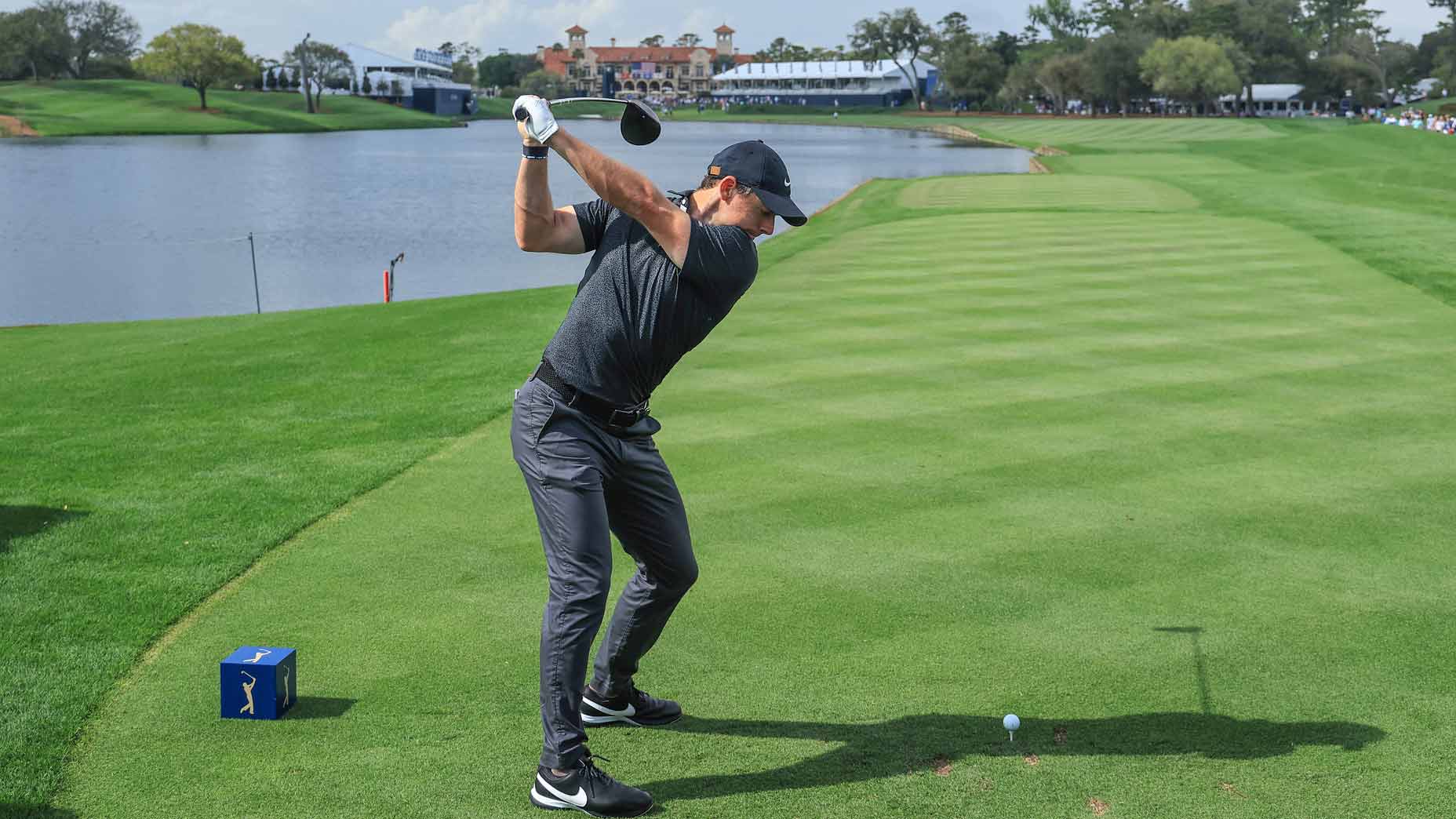We have a number of senior golfers at the course where I teach in Florida, and I’m lucky to teach a number of them. One of my students is an 80 year-old who shoots below his age almost every time he’s on the course. Another is a 90 year-old who still plays regularly, and hits drives over 200 yards when he hits the ball well.
Coaching students from a range of different skills, ages, strengths and limitations gives you a great understanding of how to help golfers get the most out of their body. With the right information, your score doesn’t have to follow your age upwards.
1. Use your hands and wrists
When your body decreases in strength as you get older, it becomes all the more important to use your hands and wrists — your “levers” — more effectively.
A proper grip that is secure without tension, held mostly in the fingers, will allow your wrists and arms full range of motion through impact. The feeling your going for is a “slap” with your trail hand at the ball, where the clubhead would accelerate but not twist causing poor direction. Flipping your club upside down and making some swings like this can help groove this feeling.
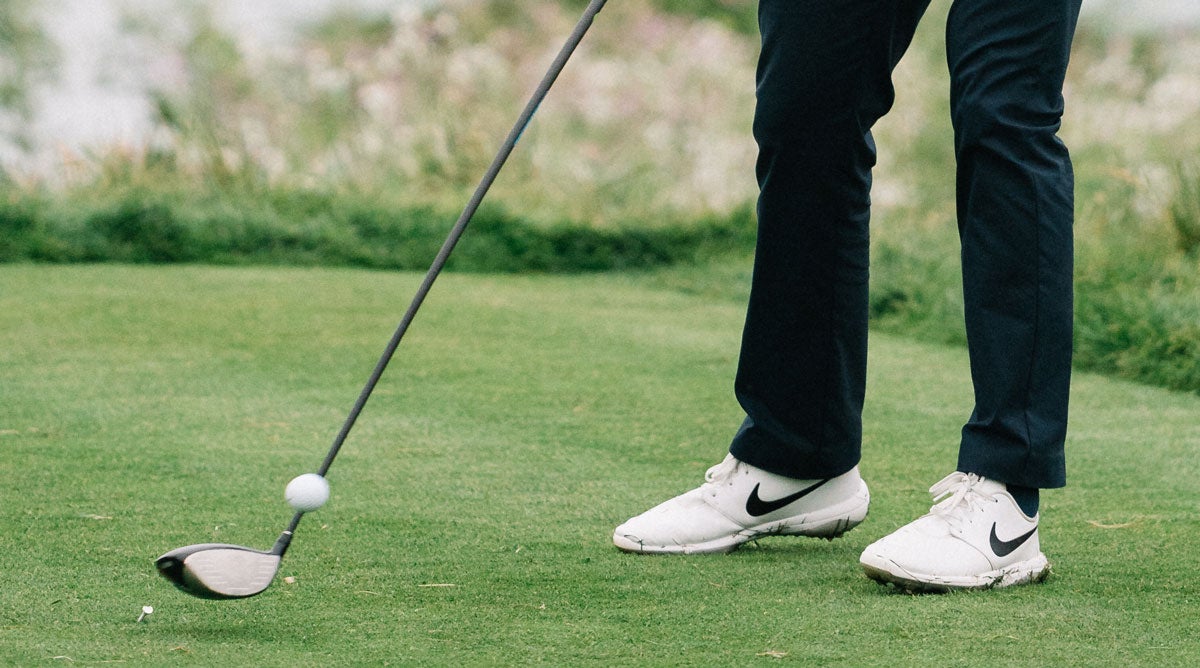
2. Close your stance
If you have lost distance and your ball flight has turned into a fade or even a slice, it’s likely caused by a loss in flexibility. You’re not able to rotate away from the target as much, which causes you to get steep.
A simple adjustment you can make to negate this is to drop your trail foot back a few inches, and flare your toes out. These two tricks will help you create more depth in your turn and shallow out your swing path.
3. Turn early
Most people’s backswings become shorter over time, due to a loss of flexibility. That’s why it’s so important to feel as though you’re turning early on your backswing –starting on your takeaway. Doing this will create some depth in your turn, and if you’re doing that, you’ll be able to hit the ball a reasonable distance.
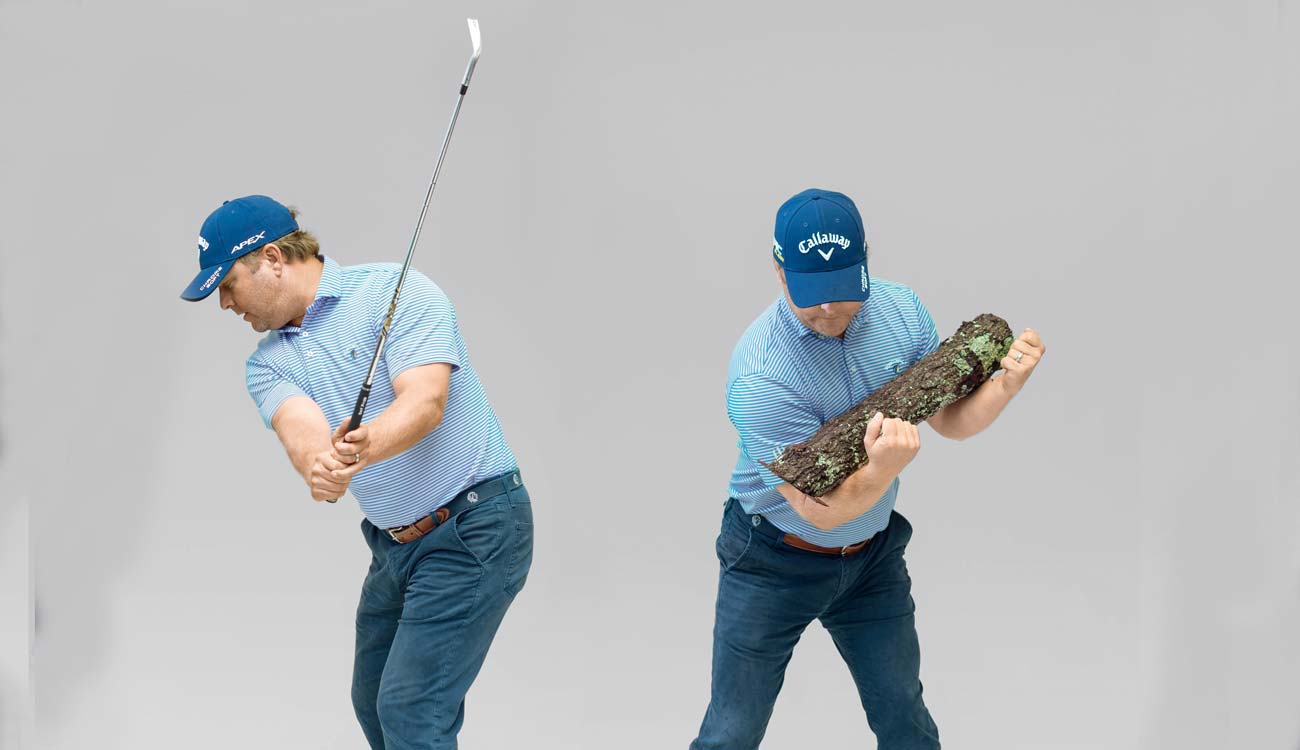
4. Turn your hips, too
As your upper body becomes less flexible, it may feel unnatural to turn your hips, too — especially if you have lower-back problems. But flaring your feet will help promote more hip turn, and minimize any stress you place on your lower back.
5. Make the club lighter on your backswing
We talked about using your levers in the downswing, but using them in the backswing is just as important. Allowing your wrists to hinge earlier in the backswing. This will make the club feel lighter in the backswing, and create more speed in the clubhead.
One drill I use for this is to hold your club with your lead hand only, and try swinging the club halfway back. Because you’re only using one arm, your natural reaction will be to try hinging the club earlier to make it feel lighter. This is the exact same feeling you should have in your backswing as you swing your arms back and allow your body to rotate.
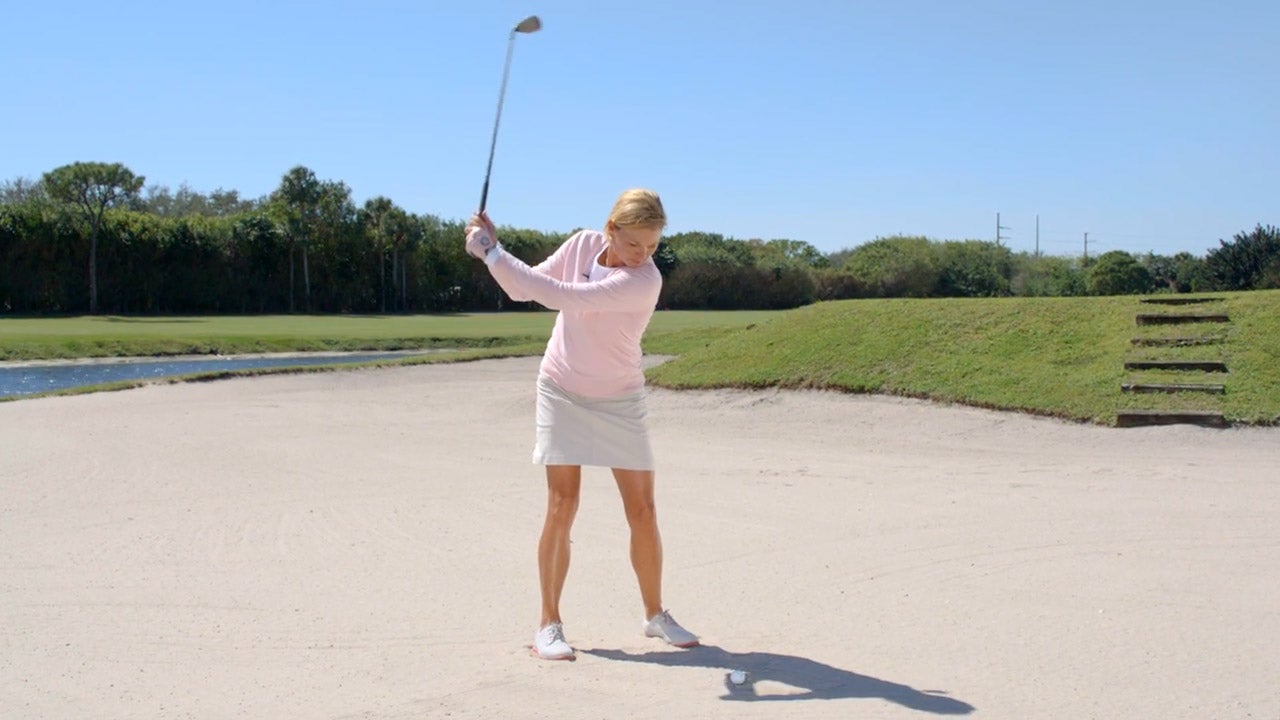
6. Lighter clubs
Yes, your equipment is important and can make a huge difference. Having lighter clubheads and more flexible shafts is an easy way to gain distance, which is why it’s even more important to get a get a fitting from a top clubfitter like True Spec (editor’s note: True Spec Golf and GOLF.com are owned by the same parent company).
7. Use more loft
As you lose speed it may be more difficult to get the ball into the air, which can cost you even more distance. A lack of hang time can haunt you in other ways, too, like when you need to carry a fairway bunker.
That’s why loft becomes more important. Employing more loft on your driver can help you reach your optimal launch conditions — therefore helping you hit the ball longer without adding clubhead speed. Combine this with a lower center of gravity, like the kind you see in a 7-wood, for instance, and you can gain more distance simply by bringing up your launch angle.

8. Proper ball position
As you get older, it’s important to tweak the conventional fundamentals so they fit your physical abilities. It may be difficult for you to pivot on your forward swing, for example, which may cause you to hit fat shots. Sometimes, a common sense solution is to simply move the ball more back in your stance, so it’s situation more at the low point of your golf swing. I’d highly recommend you seeing a good coach beforehand, though, who will help you make subtle tweaks without causing long term damage to your golf swing.
9. Grips that fit your hands
Properly-fitted grips are important at ever stage of the game, but even more so when you’re older, when your hands may not be as strong. Many golfers may develop arthritis, too, which makes it hard to keep your hands closed and the club secure.
A larger grip can help with this, but the most important thing is to get the correct size grips to match your hand size. If your grips are too big, that can inhibit your hands’ ability to move. Too small, and you’ll struggle with security.
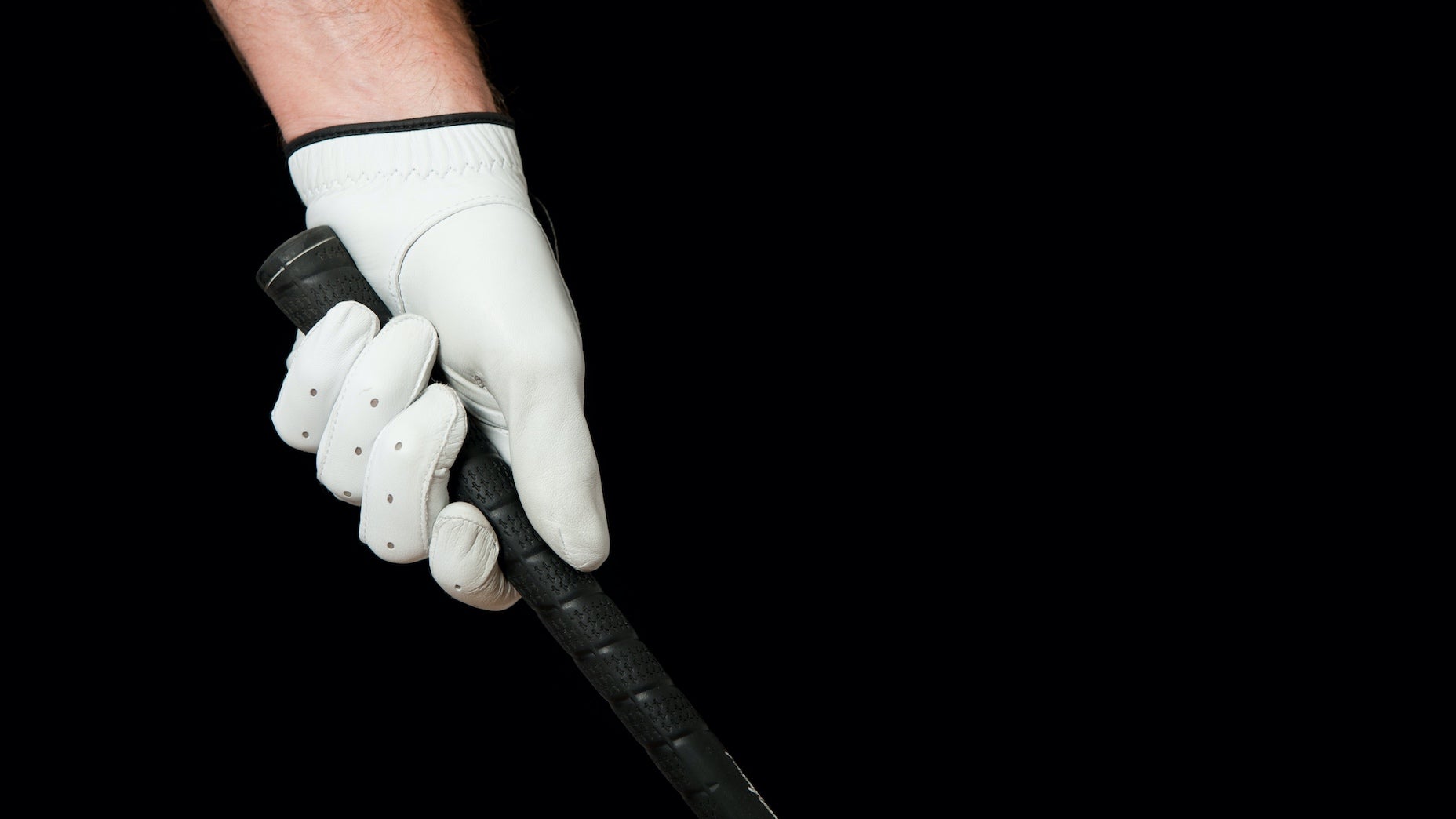
10. Turning back may be more important than turning forward
As turning back becomes more difficult, focusing on making this a priority for your swing. You may not be able to exert the same level of force as you get older, but remember that the more you turn, the more leverage you can use to create speed.
Please keep in mind that these are all just suggestions, and you may find that one works better for you than another. I spend a lot of my teaching time with senior golfers and we fight distance loss every day all day long. The goal always remains the same: figuring out how to match your golf swing with your physical capabilities.
